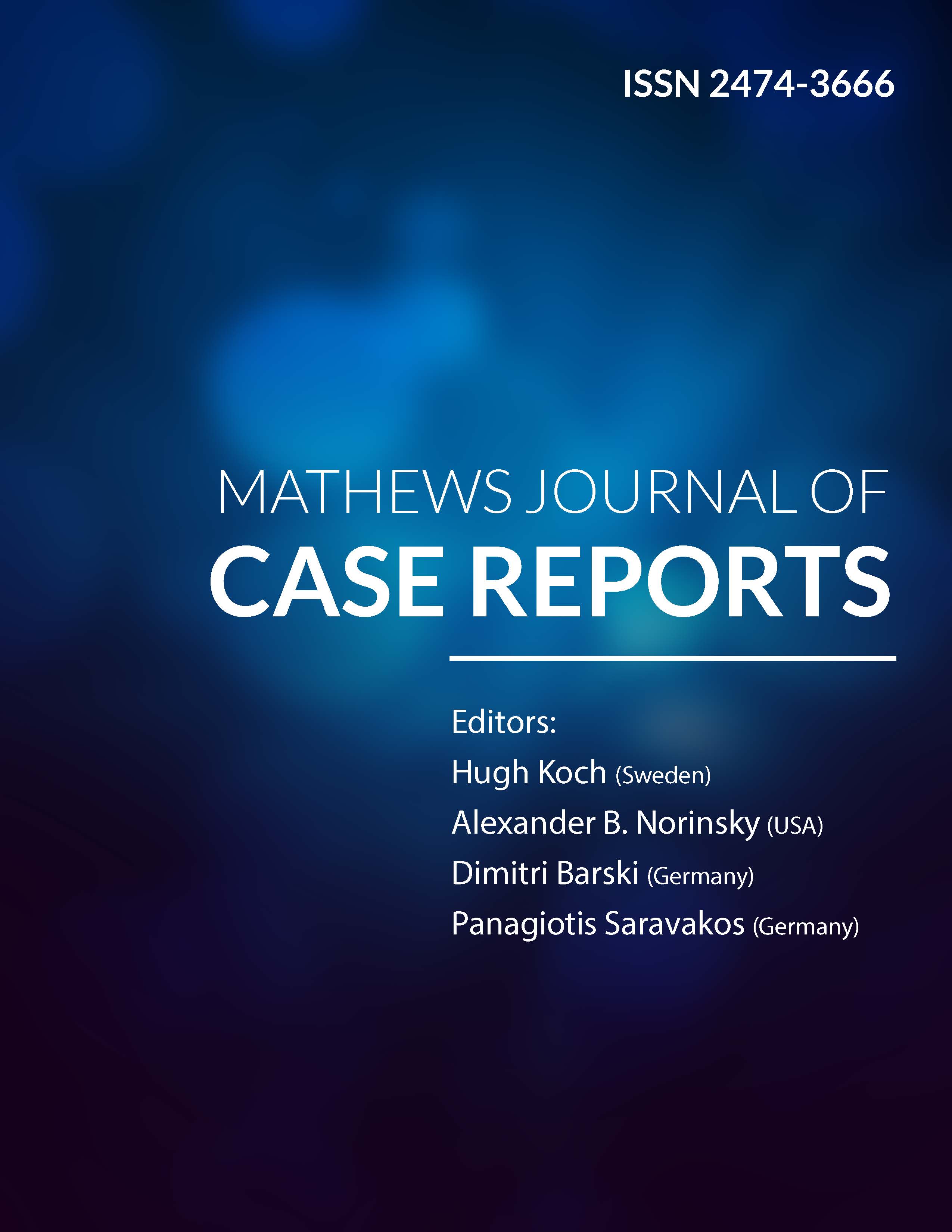
Information Links
Previous Issues Volume 8, Issue 2 - 2023
Development of Artificial Skin Scaffold Using Electrospun Nano Fibres for Wound Healing
N. Gokarneshan*, D. Mariya Jenita
Department of Fashion Design and Arts, Hindustan Institute of Technology and Science, Chennai, India
*Corresponding Author: Dr. N. Gokarneshan, Department of Fashion Design and Arts, Hindustan Institute of Technology and Science, Chennai, India; Email: [email protected]
Received Date: January 16, 2023
Publication Date: February 2, 2023
Citation: Gokarneshan N, et al. (2023). Children Under 5 Years Old Mortality and Associated Factors. Mathews J Case Rep. 8(2):86.
Copyright: Gokarneshan N, et al. © (2023)
ABSTRACT
Native skin consists mainly of epidermal and dermal layers. An artificial skin scaffold has been constructed mimicking the bilayered structure of the native skin using electrospinning technique for wound healing. Polyurethane (PU) and Gelatin (Ge) were used for developing the epidermal layer and the dermal layer respectively. Ciprofloxacin HCl (Cip. HCl) a fluoroquinolone antibiotic was incorporated in both layers for rapid wound healing. Morphology of the skin scaffold was studied using scanning electron microscopy (SEM) analysis and the chemical characterization was performed using FTIR spectroscopy. Water vapor transmission rate test and oxygen transmission rate test was conducted to evaluate the barrier properties of the scaffold. Thermal stability of the skin scaffold was evaluated using DSC and TGA while an understanding of the exudate absorbing capacity and degradation behavior of the scaffold was obtained from water absorption studies and in vitro degradation studies respectively. In vitro drug release study and drug release kinetics was explored to understand the release mechanism of Cip. HCl from the scaffold. Both the layers showed nano and micropores when analyzed using SEM. The dermal layer showed comparatively more water absorption capacity and degradation, hence providing a moist environment for the wound. The skin scaffold was permeable to water vapor and oxygen, and hence will speed up the process of wound healing. In vitro release for Cip. HCl showed a non-Fickian swelling type release with zero-order kinetics. Disk diffusion test conducted on the bilayers proved the antibacterial activity of the membrane. Hence the electrospun PU-Ge skin scaffold containing Cip. HCl is a promising candidate among modern day wound healing materials.
Keywords: Artificial Skin Scaffold; Polyurethane; Ciprofloxacin; Gelatin; Electrospinning